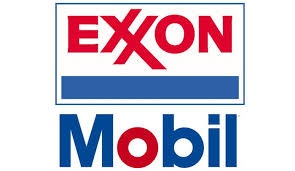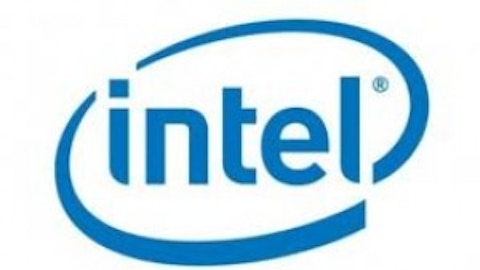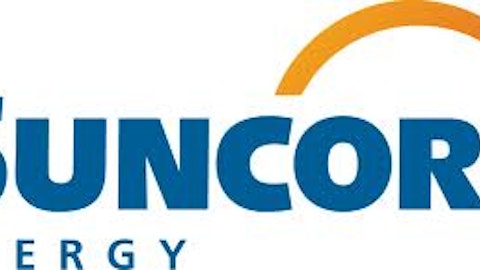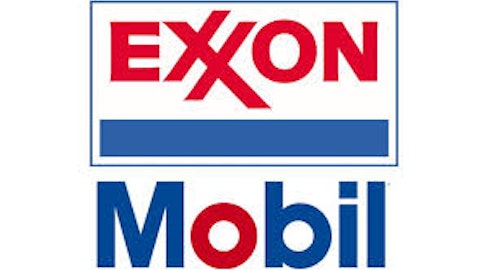Reporting season continues to have lots of life left in it, in the form of companies awaiting their turn to tell us about their quarterly results. Nevertheless, it’s already provided a host of information about the benefits or drawbacks of maintaining upstream and downstream operations in a single oil and gas company.
It’s possible to form an opinion on that somewhat newly contentious subject by examining the results already posted by the two remaining major U.S.-based integrated majors, Exxon Mobil Corporation (NYSE:XOM) and Chevron Corporation (NYSE:CVX) . At the same time, I’d remain cognizant of the fate of ConocoPhillips (NYSE:COP) — now the biggest of the independent producers, following a previous life as No. 3 in the integrated group.
Tough rowing upstream
You probably recall that Conoco kicked off earnings season for the bigger producers with per-share results that were more than 40% lower than those it chalked up a year ago. In addition to putting a passel of its upstream properties on the block, the company has spun off its downstream operations, which became the basis for Phillips 66 (NYSE:PSX). Since it figuratively was granted its adulthood on May 1, Phillips, which consists of 15 refineries, about 10,000 retail outlets, and 15,000 miles of pipeline, has seen its shares nearly double in value.
With the success of ConocoPhillips’ spinoff — along with Marathon Oil Corporation (NYSE:MRO) , the downstream offspring of Marathon Petroleum Corp (NYSE:MPC) , having turned its year-ago $75 million loss into $755 million in profits — more than a few observers have wondered why Exxon and Chevron haven’t yet gifted their shareholders with separate downstream operations. One of the key reasons is that the tables can be turned year over year or even sequentially, such that upstream and downstream sectors swap sides, with one period’s financial engine becoming the next quarter’s laggard, or vice versa.
For instance, in the December 2012 quarter, ExxonMobil’s $1.34 billion year-over-year boost in downstream profits were sufficient to overcome a $1.07 million dip upstream. But one quarter, or even a year, doesn’t constitute a trend. A year earlier, the winds for the company blew in the opposite direction. For the fourth quarter of 2011, the company’s GAAP upstream earnings were nearly 14% higher than in its latest quarter, while the contribution from the downstream segment was fully 75% lower.
And while Chevron managed to increase its exploration and production earnings year over year, its downstream results swung from a $61 million loss a year ago to a $925 million gain. That, despite a major fire in August at its Richmond, Calif., refinery.
The latter segment benefited from higher refinery margins, of “crack spreads.” That simply means that input costs for crude oil, natural gas, and natural gas liquids all slid to one degree or another, while prices for refined products and chemicals headed higher.






